July 10 morning
2019 July 10
Jeremy Tatum writes:
It didn’t take long for some of yesterday’s unidentified insects to get identified, thanks to Libby Avis, Scott Gilmore, Gordon Hart, and Cheryl Hoyle on one of her own photographs. Here is what we have so far:
This one is Coccinella septempunctata. I should have got that one myself, but one of its septem puncta is very small and misled me!

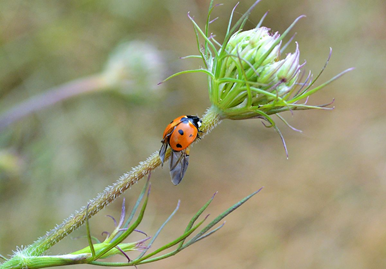
Coccinella septempunctata (Col.: Coccinellidae) Cheryl Hoyle
This one is the bug Eurygaster amerinda. There is just one small point nagging at me. E. amerinda is a
North American species, so that’s probably what it is. There is, however, a very similar European
species, E. testudinaria, and, to my entirely untutored eye,Cheryl’s photograph looks slightly more like
the European insect than the native North American one. We do, of course, have lots of
European insects and other organisms here, though I don’t know if there are North American records of
testudinaria. Cheryl sends a second photograph of it, not quite as sharp as yesterday’s, but it does
show a more dorsal view:

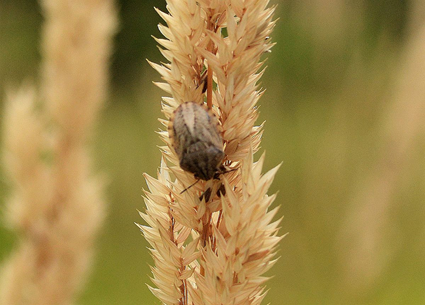
Eurygaster amerinda (Hem.: Scutelleridae) Cheryl Hoyle
The greenbottle is probably Lucilia sericata:

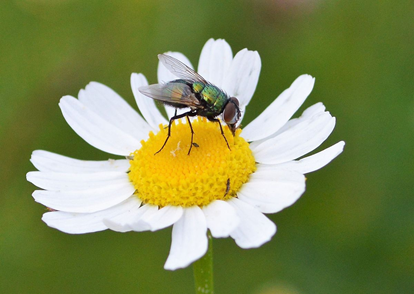
Lucilia sericata (Dip.: Calliphoridae) Cheryl Hoyle
Libby, Scott and Gordon all came up with Rhagonycha fulva for the soldier beetle, and, for good
measure, Cheryl came up with a second photograph of two of them in copula:

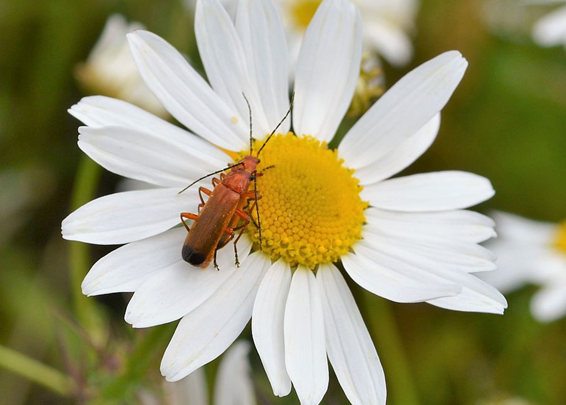
Rhagonycha fulva (Col.: Cantharidae) Cheryl Hoyle
I didn’t think anyone would be able to identify the very small beetle that Cheryl photographed
yesterday, but I had greatly underestimated local expertise. Libby, Scott and Cheryl herself all put it in
the buprestid genus Agrilus. I had no idea that any buprestids were that small. Apparently the genus
Agrestis has the reputation of being the genus with the largest number (c3000) of species in the animal
kingdom, just as Coleoptera is the largest Order (“God is someone with an inordinate fondness for
beetles” – JBS Haldane)

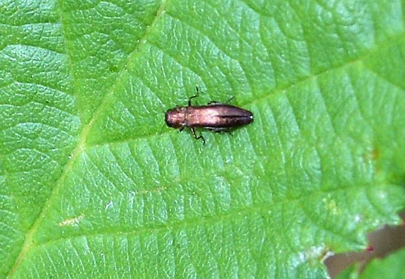
Agrilus sp. (Col.: Buprestidae) Cheryl Hoyle
The rest of yesterday’s unidentified insects is a work in progress. We’ll post any more identifications if
and when we can.
